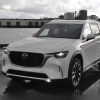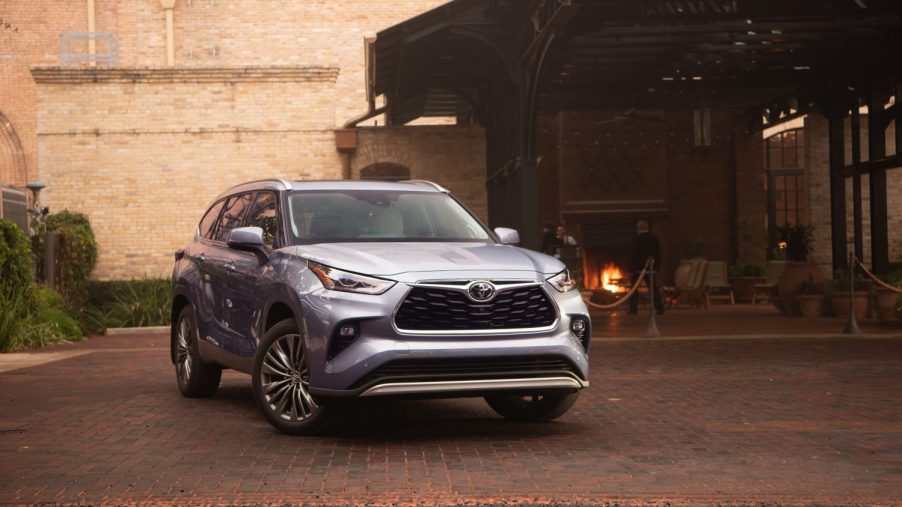
Is the 2022 Toyota Highlander an SUV or a Crossover?
The 2022 Toyota Highlander is a crossover. You might hear it refered to as a crossover car or a crossover SUV. The difference between a Highlander and Toyota’s full-frame SUVs comes down to how they are constructed.
The difference between an SUV and a Crossover
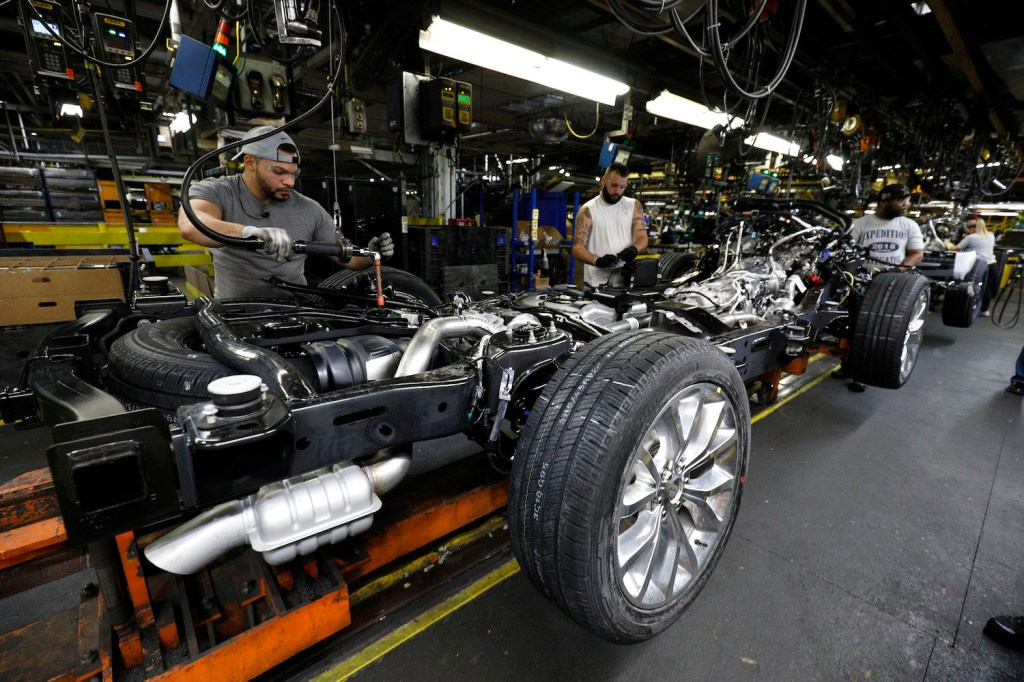
Every early car and truck featured full-frame construction: Automakers attached an engine, transmission, and axles to a heavy ladder-shapped frame. Then, they set a car or truck body on top of this frame.
By the 1960s, most automakers found they could reduce weight by attaching the engine, transmission, and axles to a reinforced body instead of a standalone frame. These resulting “unibody” cars were faster, more fuel efficient, and nimbler than their predecessors. But because “full-frame” construction resulted in a sturdier vehicle, automakers continued to build full-frame trucks.
Over the next couple of decades, full-frame sport utility vehicles (SUVs) surged in popularity. These vehicles featured a large body, with plenty of room for passengers and cargo, atop a ladder-style truck frame. Thanks to their full-frame construction, many of these early SUVs could tow and off-road as well as their truck counterparts. But they could not achieve the acceleration, cornering, or fuel mileage of unibody cars and station wagons.
Thanks to improvments in engineering and manufacturing, many automakers now build extremely sturdy unibody SUVs. While these new “crossover” SUVs share platforms with cars and station wagons, many of them are as capable as their full-frame competitors.
The Toyota Highlander is a crossover built on a unibody platform
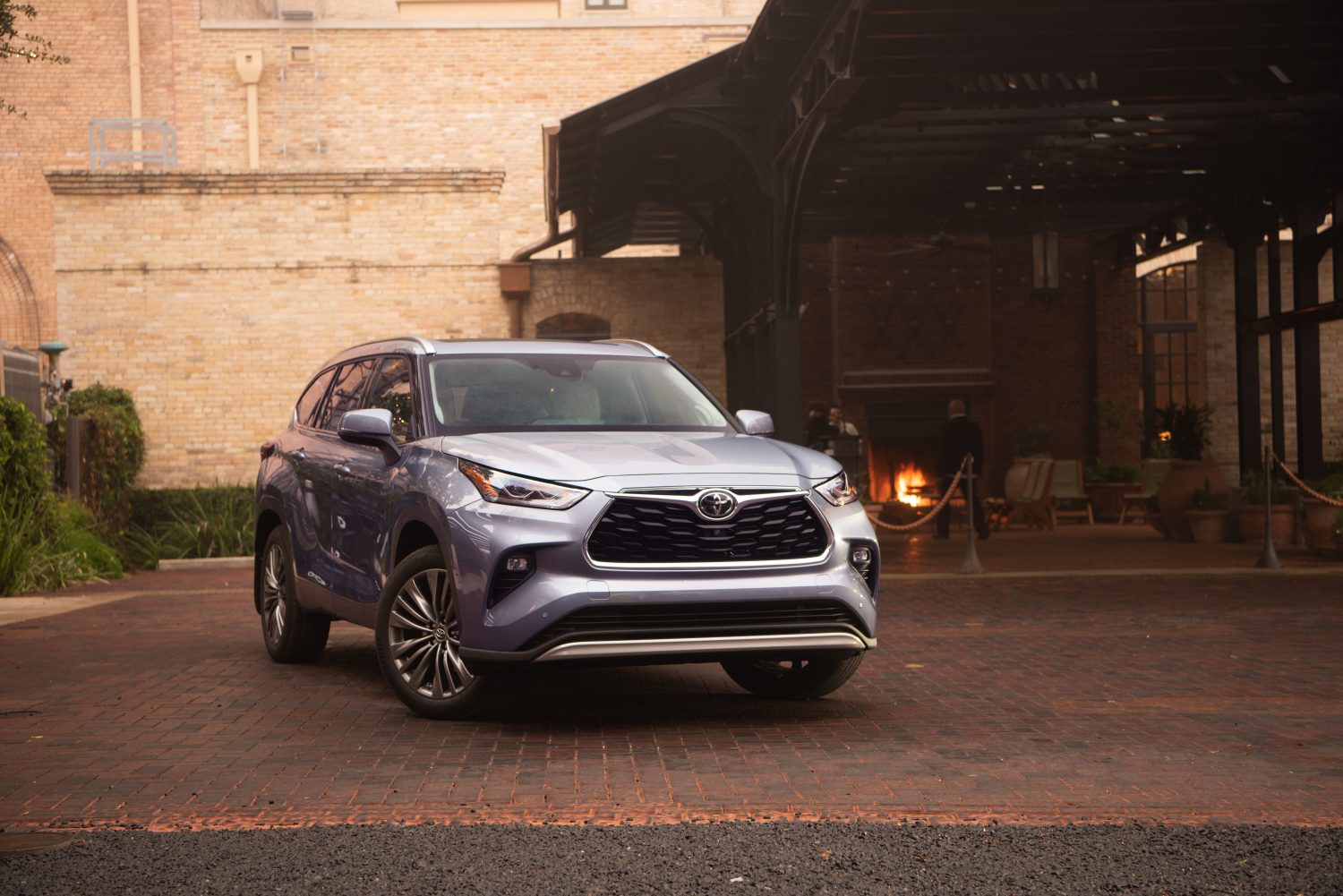
The Toyota Highlander has always been a crossover. This is because it is a unibody vehicle. If you look under a Toyota Highlander, you will find its engine, transmission, and wheels are all attached to its reinforced body–it has no separate, trucklike ladder-frame.
Even though the Toyota Highlander is a crossover, its capability rivals many full-frame SUVs. You can order a Highlander with three rows of seats and lots of cargo room. This crossover is also available with 3.5L V6 engine that makes 295 horsepower. The Toyota Highlander has a maximum tow rating of 5,000 pounds.
Toyota’s full-frame SUVs include the 4Runner, Sequoia, and Land Cruiser
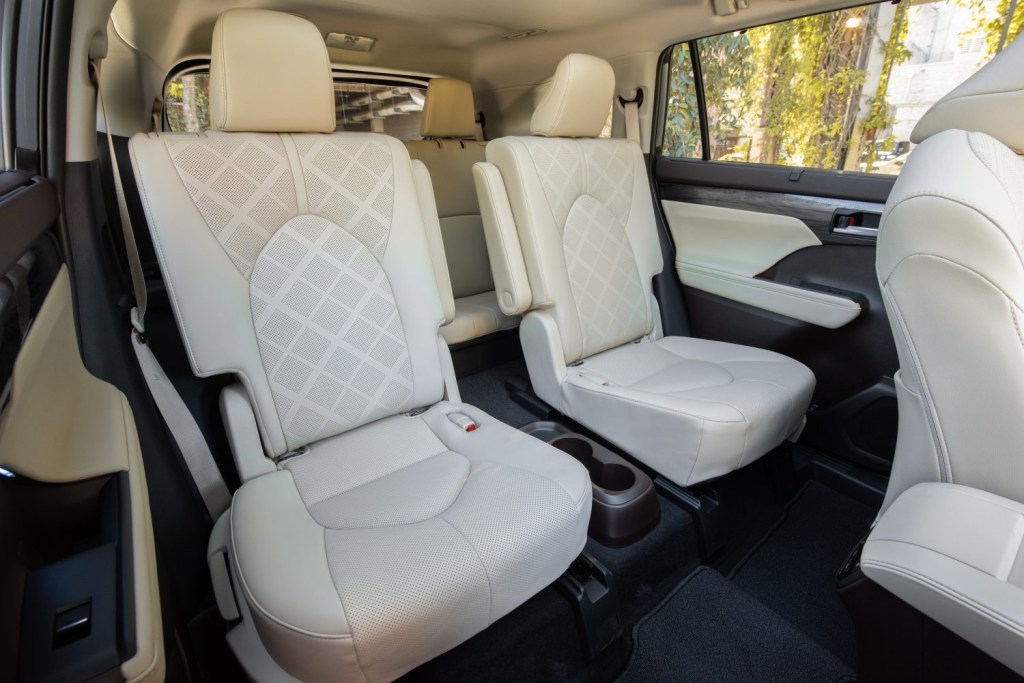
RELATED: Is the 2022 Jeep Grand Wagoneer a Good SUV for Towing?
Toyota also builds full-frame SUVs. These vehicles all share a chassis with a full-frame truck. The 2022 Toyota 4Runner is an SUV version of the Toyota Tacoma. The 2022 Toyota Sequoia is the SUV version of the full-size Toyota Tundra.
The latest generation of the Toyota Land Cruiser rides on a full-frame chassis that shares components wtih the current Toyota Tundra. Toyota is not selling the 2022 Land Cruiser 300 in the United States, but the company is offering the similarly-constructed Lexus LX 600.
Longtime fans of full-frame construction might opt for the 4Runner or Sequoia over the Highlander. These SUVs will be easier to modify with lift kits or sturdier axles. In addition, if a full-frame SUV suffers rust damage you can perform an expensive “frame swap” and install your old vehicle on a brand new frame.
That said, apart from ease of modification and extreme longevity, full-frame SUVs have few benefits over crossovers. In fact, crossovers are much better for daily driving. The Highlander vs the 4Runner is a perfect example.
The heaviest 4Runner weighs 400 pounds more than the heaviest 2022 Highlander (roughly 4,800 pounds vs 4,400 pounds). The best 4runner fuel efficiency rating is 19 mpg on the highway while the hybrid Highlander can achieve 29 mpg on the highway. Neither vehicle is especially quick, but while it takes the 4Runner 8.1 seconds to reach 60 mph, the quickest Highlander can do it in 6.7 seconds–according to Car and Driver.
The two vehicles even share a maximum tow rating of 5,000 pounds. And to top it off, the highlander has one more seat available (7 vs 8). For most drivers, the Highlander is clearly the better option.
